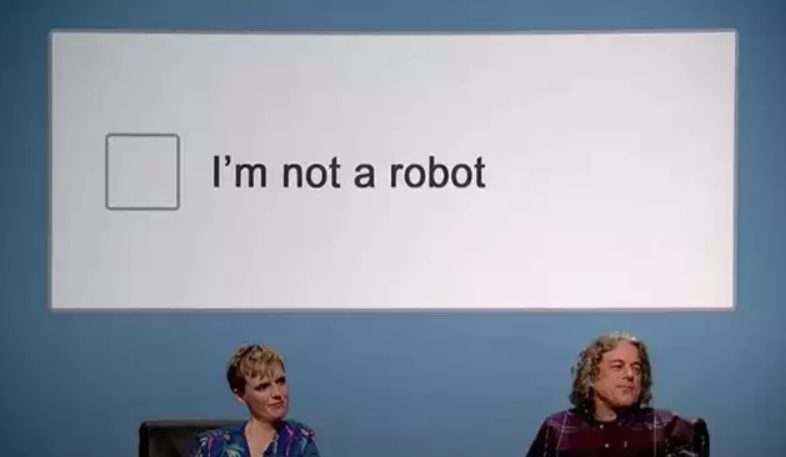What Happens When You Click the “I’m Not a Robot” Captcha?

From accepting “Terms & Conditions”, to clicking on that “I’m not a robot” button, we all do things on the internet that we are not truly aware of. You might ask yourself: “What can these buttons do that could harm me?” Which leads you to mindlessly accept any conditions that are offered on a website to move on.
But, what really happens when you click on a “I’m not a robot” captcha?
What Is the “I’m Not a Robot” Captcha?
The “I’m Not a Robot” CAPTCHA (Completely Automated Public Turing test to tell Computers and Humans Apart) is a security feature commonly found on websites. Its purpose is to distinguish between human users and automated bots. The CAPTCHA typically involves a checkbox accompanied by a statement like “I’m not a robot” or a similar phrase.

The goal of the “I’m Not a Robot” CAPTCHA is to prevent automated scripts or bots from accessing a website’s services, particularly in situations where the site wants to ensure human interaction. It helps protect against spam, fraudulent activities, and other unwanted automated actions on the internet.
What Happens When You Click “I’m Not a Robot”?
In a recently discovered BBC episode, Sandi Toksvig revealed that when users click a verification box on a website, the site examines their internet browsing history to assess whether they are genuine or not. Toksvig explained to guests Alan Davies, David Mitchell, Maisie Adams, and Holly Walsh that the focus is on the user’s behavior before clicking the box. Although specific details are kept confidential to prevent cheating, broadly, the website analyzes activities such as watching videos, liking tweets, and checking email before ticking the verification box to determine if the user is likely a human.

What Else Does the Captcha Do?
Toksvig revealed that the verification process goes beyond just clicking the box, with additional measures to discern humans from robots. The system can analyze mouse movements on the screen, adding a somewhat eerie dimension. Clicking the box prompts the site to scrutinize user data and make a determination. If the machine is uncertain, it may present a secondary test, such as selecting images of nonexistent fire hydrants in lightroom pictures. This information not only surprised the QI panel but also left Australian broadcasters Fitzy and Wippa visibly bewildered.
What Internet Users Had to Say
The revelation about the actual functionality of the “I’m not a robot” CAPTCHA, as shared in an online clip, has left users both amazed and unsettled. Some expressed feeling that it was an invasion of privacy, while others were unhappy about the newfound knowledge. Shock and disbelief were common reactions, with users suggesting it felt like the CAPTCHA was intruding into their personal space.
The clip has prompted users to consider adjusting their online behavior, such as filling their browsing history with human-like activities, the next time they encounter the “I am not a robot” button.
Did you know this before?
You might also want to read: Who Is Archax? The 15-foot ‘Transformers’ Type Japanese Robot


